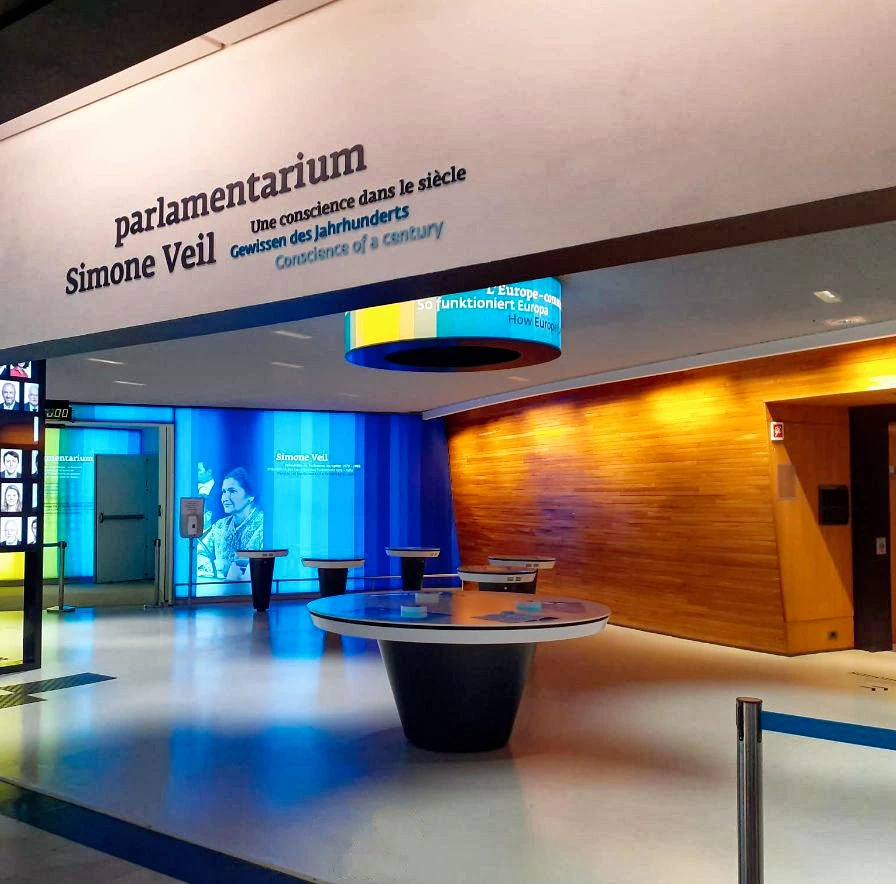If you want to work in France as a pharmacist, there are a few differences to know. In this article, we will look at the differences between drug pricing systems in France and Spain using the example of paracetamol. This subject, though illustrative, reflects the economic and regulatory realities faced by healthcare professionals in both countries.
The Tarif Forfaitaire de Responsabilité (TFR) in France 🇫🇷
The TFR is a reference tariff set by the Health Insurance for generic drugs. It corresponds to the price of the cheapest generic drug and serves as the reimbursement basis for all equivalent drugs, whether generic or brand-name. If the TFR (which corresponds to the selling price including VAT) for a box of 8 tablets of 1g paracetamol is €1.16, a patient choosing a more expensive brand-name drug will be reimbursed based on €1.16, with the remainder being their responsibility (commonly called “patient contribution”).
Implemented in 2003, this mechanism aimed to control public health spending while promoting the development of the generic drug market. The TFR is regularly revised by the Economic Committee for Health Products (CEPS), in conjunction with manufacturers and health authorities (HAS, Health Insurance).
Source: Vidal.fr
The Sistema de Precios de Referencia (SPR) in Spain 🇪🇸
The SPR is a similar system implemented in Spain from Real Decreto 177/2004. The Ministry of Health establishes groups of equivalent drugs and sets a reference price based on the lowest daily treatment cost. All drugs in a group must align their price with this threshold to be reimbursed.
Unlike France, where laboratories have slightly more pricing flexibility, the SPR is more rigid: if a drug is sold at a price above the threshold, it is simply not reimbursed. In the case of paracetamol, a box of 40 tablets dosed at 1g has a PVPIVA (Precio de Venta al Público con IVA) of €2.5.
Source: Sanidad.gob.es
Comparison Elements
Price per gram of paracetamol presentations from our example above:
- France: €0.145/g
- Spain: €0.0625/g
Dosages and packaging
In France, common tablet dosages are 500 mg per box of 16 and 1g per box of 8.
In Spain, 500 mg tablets exist but it is more common to find 650 mg dosages. The quantity per box also differs: boxes of 20 or 40 tablets are frequently found, regardless of dosage.
Prescribing behaviors
System differences directly influence prescriber habits. In France, prescription by International Nonproprietary Name (INN) is strongly encouraged by health authorities, in order to promote generics and contain expenses.
In Spain, although INN is also authorized, the practice remains more oriented towards specialties corresponding to reimbursement thresholds defined by the SPR. This gives prescribers less latitude in their choices, as patients favor drugs strictly aligned with the reference price, to avoid any patient contribution.


Impact on healthcare professionals
These pricing differences have implications for pharmacists and patients:
- France: The TFR encourages the use of generics by limiting reimbursement of more expensive brand-name drugs. This requires pharmacists to have an increased counseling role at the counter and vigilance regarding possible substitutions.
- Spain: The SPR imposes strict price standardization, which can affect the profitability of pharmacies, the income of owners and the salaries of assistants. The availability of certain drugs may also be more impacted than in France. Price pressure is constant and may weigh on the diversity of the offer available in pharmacies.
European vision and healthcare professional mobility
At the European Union level, several discussions have been initiated around harmonizing drug policies, particularly on prices, generics and equitable access to treatments. However, in terms of pricing, each member state retains broad autonomy, which creates very different systems — as shown by the French and Spanish cases.

For healthcare professionals, understanding these differences is a real asset. If you are a candidate for mobility, you have every interest in familiarizing yourself with pricing models, reimbursement logic and prescribing habits in neighboring countries. This allows you not only to anticipate patient and prescriber expectations, but also to position yourself as an adaptable, informed professional ready to integrate quickly into a new healthcare system.
Knowledge of mechanisms like the TFR, SPR or their equivalents in other countries (such as the Arzneimittelmarktneuordnungsgesetz (AMNOG) in Germany) gives you a strategic vision of your profession in a European context. It will be a lever of differentiation during cross-border recruitment.
For Spanish pharmacists wishing to practice in France, these regulatory differences represent an adaptation challenge. Knowing reimbursement mechanisms, substitution practices, and patient expectations regarding patient contributions is essential. This is why HCP eXchange accompanies healthcare professionals in this transition: beyond degree equivalencies, it also involves understanding a new economic and regulatory practice framework.


